Welcome!
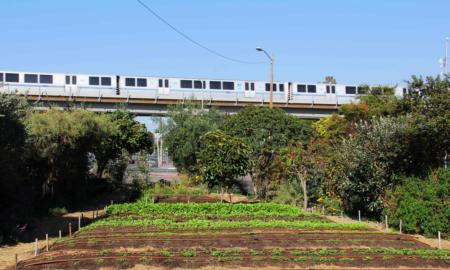
Are you interested in starting an urban farm? Seeking details on how to raise backyard chickens and bees? Looking for information on laws, zoning and regulations that relate to urban agriculture? We offer resources on small-scale production, including soil, planting, irrigation, pest management, and harvesting, as well as information on the business of farming, such as how to market urban farm products.
After you explore the site, please complete our survey! We’d like to know if you found what you were looking for and hear your suggestions.
UPCOMING EVENTS
UC ANR Urban Agriculture Blog
Grow Your Urban Agriculture Dreams with the CDFA Urban Agriculture Grant Program - Applications Open Until October 23, 2023!
The California Department of Food and Agriculture's (CDFA) Urban Agriculture Grant Program, 2023 is an exclusive and competitive funding opportunity designed to support and elevate agriculture in urban areas across California. This one-time grant...
Growing Food & Land Access/Security with Urban and Peri-Urban Farms on Faithlands
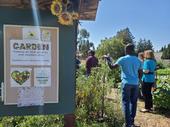
On August 25th, UCCE's Urban Ag & Food Systems Program tabled, paneled and supported the 8th Annual Food, Faith and Farms Conference in San Rafael, CA, hosted by Interfaith Sustainable Food Collaborative. The national Faithlands Conference,...
Upcoming Agroecological City Conference to Focus on Food Sovereignty, Food Justice
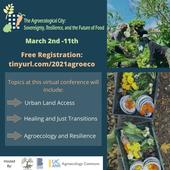
What does it mean to build a just and sustainable Agroecological City? Over this past year, the pandemic, climate disruptions and ongoing harm caused by racial violence have challenged our urban communities and food systems in unprecedented ways....
UC Food and Agriculture Blogs
College students eligible for food assistance deterred by confusing requirements

Modifying Farm Bill could reduce barriers to SNAP for students and improve nutrition Inadequate access to food can harm college students' health and academic performance. A recent University of California research study in the Journal of...
Grape seeds, stems and skins can reduce dairy cattle emissions
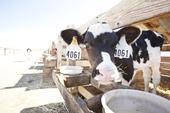
Low-cost wine industry additive also improved feed efficiency and milk quality Researchers at University of California, Davis, added fresh grape pomace left over from winemaking operations to alfalfa-based feed for dairy cows and found that methane...
AI and sustainable farming focus of May 7 workshop with UC, partners

On May 7, scientists from University of California, Riverside, UC Agriculture and Natural Resources, Colorado State University Extension, Kansas State University, University of Arizona, Central Arizona Project, and USDA-Agricultural Research Service...
Grubs in your garden?
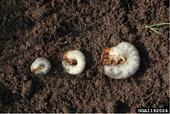
While preparing your garden for planting this spring, you may have found white grubs in the soil. Discovering these fairly large, white grubs can be alarming, but they usually won't cause significant plant damage. Grubs are the soil-dwelling...
Young orchard water and nutrient management workshops offered in Modesto, Merced, Fresno, Bakersfield
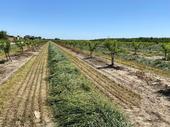
Growers invited to discuss young almonds, pistachios, walnuts, olives and citrus orchards starting May 9 To help growers manage irrigation and nutrients for young and immature orchards, UC Cooperative Extension is offering workshops in Modesto,...


